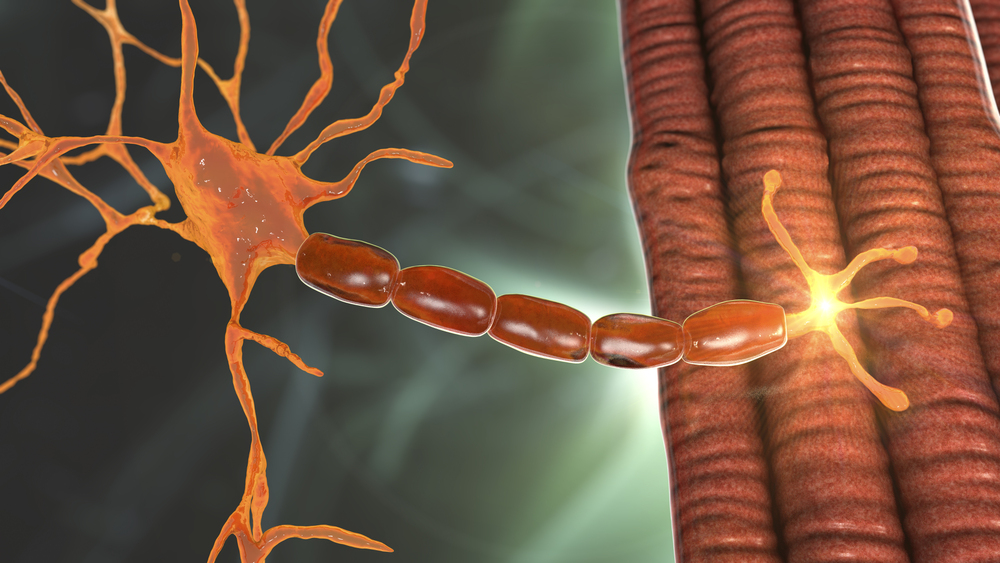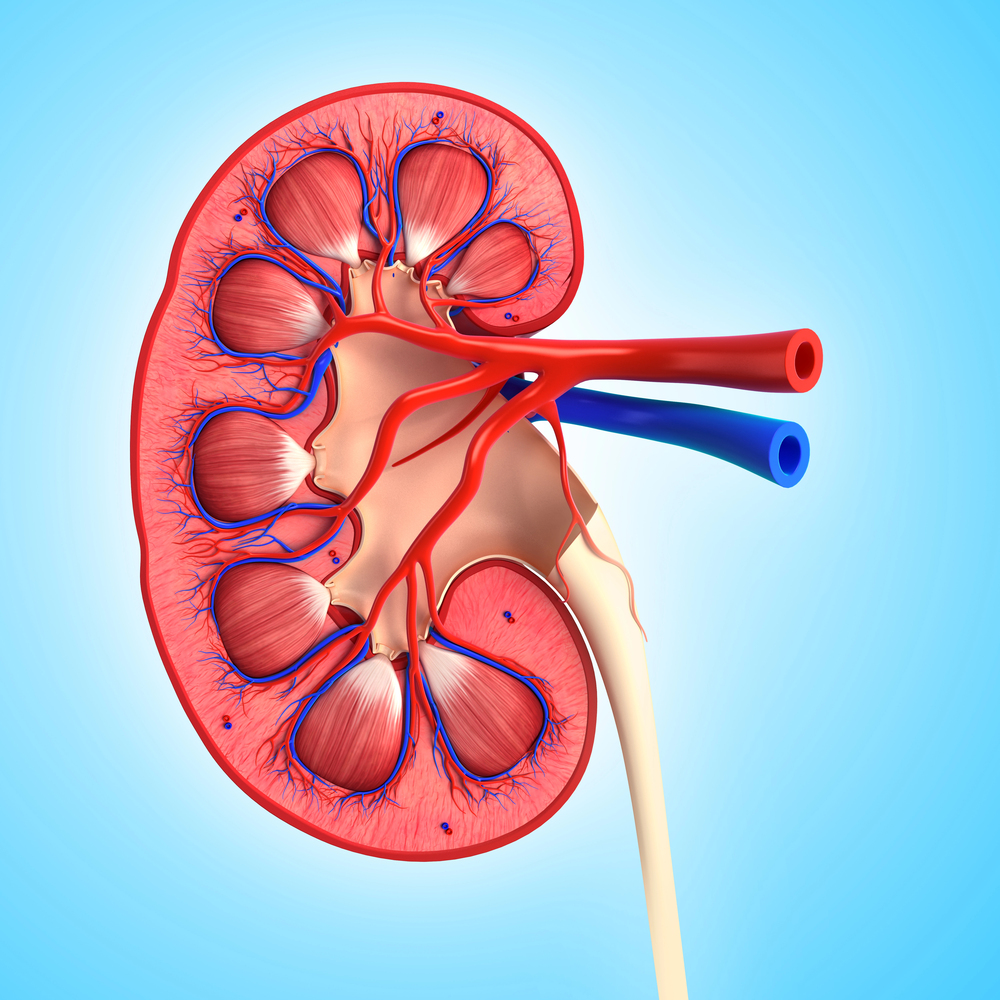Targeting the Brain in Type 2 Diabetes: Therapeutics to Induce Remission – Dr Jarrad Scarlett, University of Washington
Original Article Reference
https://doi.org/10.33548/SCIENTIA463
Share Episode
About this episode
Type 2 diabetes (T2D) is among the most impactful and costly biomedical challenges confronting society. Current treatment regimens for T2D rely upon daily drug dosing and frequent glucose monitoring to normalise blood glucose levels. However, these medications can only delay disease progression and frequently have undesired side effects including hypoglycaemia and weight gain. Growing evidence supports a key role for the brain in glucose homeostasis and diabetes pathogenesis. Dr Jarrad Scarlett and his research team at the University of Washington and Seattle Children’s Hospital are working on the development of novel pharmaceuticals to target the brain to induce sustained remission of T2D.
This work is licensed under a Creative Commons Attribution 4.0 International License. 
What does this mean?
Share: You can copy and redistribute the material in any medium or format
Adapt: You can change, and build upon the material for any purpose, even commercially.
Credit: You must give appropriate credit, provide a link to the license, and indicate if changes were made.
Related episodes
Charles Frison-Roche | The Hidden Architects of Movement: The Role of MBNL Proteins in Movement
Researchers have made a significant advancement in understanding an important component of the nervous system: the neuromuscular junction, a crucial connection between nerves and muscles. A recent study performed by Charles Frison-Roche of the Center of Research in Myology in the Sorbonne University, Paris, and colleagues, reveals the role of proteins known as Muscleblind-like proteins, or MBNL proteins for short, which help to regulate motor coordination by helping to maintain neuromuscular junction stability. This discovery is potentially very useful, as loss-of-function of MBNL proteins is a hallmark of a genetic condition called Myotonic Dystrophy type 1 (or DM1 for short). DM1 disrupts muscle control, leading to muscle weakness, problems with balance, and other symptoms that can get progressively worse over time. MBNL proteins, and their role in the neuromuscular junction, may represent new treatment targets in DM1.
Unmasking a Silent Killer: How the LiverRisk Score is Changing the Rules of Liver Disease Detection
Liver disease is a significant health challenge globally. It can often progress unnoticed for years until it becomes life-threatening. Cirrhosis is the final stage of chronic liver diseases, and it can be caused by conditions such as viral hepatitis, excessive alcohol consumption, or metabolic-associated steatotic liver disease, which is linked to conditions such as obesity or diabetes. Once cirrhosis has set in, the tissue in the liver becomes permanently scarred, reducing its function, and this can progress to liver failure or liver cancer. Often, these conditions are not diagnosed in sufficient time for effective treatment. Happily, a new risk assessment tool called the LiverRisk score, developed by the LiverScreen Consortium, could pave the way for early liver disease diagnosis, potentially allowing clinicians to intervene before irreversible liver damage occurs. The LiverRisk score helps to identify those who are at risk of severe liver complications in the future. The diagnostic tool is designed to be easy to use, and is based on clinical markers that are widely available from routine blood tests.
Dr. Serena Kuang | Inside the Kidney’s ‘Countercurrent’ Mystery: A New Model for Teaching and Studying Water Balance
Our kidneys filter blood to remove waste and can regulate water balance. We’ve all experienced that when we’re thirsty urine becomes concentrated, signalling us to drink more water. When we drink excess water, we urinate more frequently, and the urine is diluted. The kidneys’ ability to concentrate or dilute urine according to our body’s need relies on countercurrent multiplication (or CCM), a complex process that generates a salt concentration gradient in the kidney. However, CCM is challenging to teach and understand. Dr. Serena Kuang, a researcher and educator at Oakland University William Beaumont School of Medicine, has developed a more understandable CCM model and clears up errors in existing explanations making CCM easier to understand and teach.
Dr Neil Cunnigham | The Heart of the Matter: How Simulation Reflects Clinical Stress in Critical Care Training
In the high-stakes world of critical care, medical professionals are frequently called upon to perform life-saving procedures under intense pressure. Among these, airway intubation stands out as one of the most critical and technically demanding tasks. This procedure, which involves inserting a tube into a patient’s airway to ensure that they can breathe, is often performed in emergency situations where seconds count. The ability to intubate swiftly and accurately can mean the difference between life and death. However, this task is also fraught with stress, particularly for trainees who are still developing their skills. To better understand how these trainees cope with the stress of intubation, Dr Neil Cunningham of the University of Melbourne and colleagues conducted a groundbreaking study comparing physiological stress responses in simulated and clinical environments. Their findings offer valuable insights into the effectiveness of simulation-based training, which has become a cornerstone of medical education.
Increase the impact of your research
• Good science communication encourages everyday people to be scientifically literate so that they can analyse the integrity and legitimacy of information.
• Good science communication encourages people into STEM-related fields of study and employment.
• Good public science communication fosters a community around research that includes both members of the public, policymakers and scientists.
• In a recent survey, 75% of people suggested they would prefer to listen to an interesting story than read it.

Step 1 Upload your science paper
Step 2 SciPod script written
Step 3 Voice audio recorded
Step 4 SciPod published




